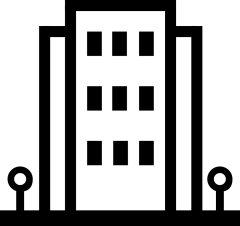Sustainable Energy Master’s Degree Student Showcase
The engineering and policy students within the Sustainable Energy master’s degree program have worked closely together throughout the 2019-2020 school year. Their projects culminated in the 2020 Sustainable Energy Showcase in April 2020.
The presentations included:
 Analyzing Stage 2 Light Rail Transit (LRT) System Through A Climate Lens
Analyzing Stage 2 Light Rail Transit (LRT) System Through A Climate Lens
To what extent does Stage 2 of the Ottawa Light Rail Transit System align with the City of Ottawa’s climate change objectives, and what measures can Ottawa take to maximize its impact? Master’s students embarked on a critical analysis of the technical components of the LRT, transit ridership, and other city policies to determine how Stage 2 can most effectively help Ottawa reach its greenhouse gas (GHG) emissions reduction targets.
![]()
Ontario Smart Meters – Are we using smart meters smartly?
Smart meters have been an established technology in Ontario, along with other jurisdictions, for some time. However, their full potential has not been fully realized. This project sought to further explore the possibilities, specifically focusing on the potential benefits of making private electricity consumption data available to consumers. The various technical, economic, environmental, and political aspects were also explored.
 Getting Remote Communities Off Diesel
Getting Remote Communities Off Diesel
Uptake of this project was inspired by recent the climate change mitigation push in Canada and public interest in northern remote communities moving towards cleaner energy production. The diesel used and its impacts on health, social, and environmental issues are significant and worrisome. Different aspects of this transition to cleaner energy are evaluated under the umbrella of economics including financial, environmental, socio-political and policy analysis.
 Condo Retrofitting – An opportunity missed?
Condo Retrofitting – An opportunity missed?
Part I of this presentation provided a data-driven introduction to the landscape and motivators of condominium energy retrofits. It highlighted the art and science of translating numbers to insights and some of the barriers to accessing and using data to inform decision-making. Part II consisted of an analysis of the impacts: technologically, economically, environmentally and socially, that implementing a condominium retrofit of cladding and double pane windows would create. Part III of this presentation focused on analyzing the HVAC system of a condo building and evaluating various possible energy efficient retrofits and their outcomes.